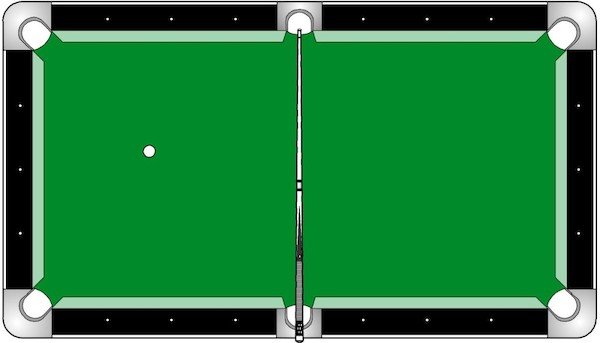Until 2023...
/This is the final post until January. The supporter newsletter goes out on the 1st, as always, and posting resumes here on Monday the 2nd.
Chris Rawlins is giving away a short pdf with a trick that would be good for the holidays (or any time of year). It takes a classic technique that’s used to force a time and broadens it so you can force any number of things with it.
There’s a line from his scripting that I like, “Even if youʼre picking a gift for yourself, it should still be a surprise.” That justifies the process involved (or any process used to force a “gift” for someone).
I may not use this exact presentation described in his effect, but I can definitely see myself using the general concept in the future.
For details on how to get it you can check out this Magic Cafe thread.
I used to do the occasional feature here called Non-Magicians Talking Magic. I think it’s important to seek out what laypeople actually think, because so much of traditional magic wisdom is self-delusion. You have people saying things like, “Well, no one ever asks me to examine the deck, therefore, nobody is suspicious of the deck!” That’s like saying, “No one ever called me ugly… therefore I must be handsome!”
The whole idea behind testing tricks was an attempt to get people’s real thoughts on various tricks and techniques. As opposed to getting the nice response they’re conditioned to give as an audience member.
Another way to get some good insight into how they think is to listen to non-magicians talk about magic when no magicians are around.
With that in mind, my friend sent me a couple of clips from the ActionBoyz podcast. It’s a podcast that covers action movies from the 70s through the 90s, primarily. But they started off a recent episode discussing a trip to the Magic Castle.
This first quick clip talks about something I’ve hit upon a lot in the past, and that’s the notion that performing magic in a magician-centric way puts the audience in this awkward position where it seems like you’re looking to them for validation. It’s an unpleasant feeling to give an audience and it’s reason enough alone to avoid magician-centric presentations.
This next clip is just a good example of what really happens when people are used in an instant stooge capacity onstage. If you don’t think they’re immediately going back to the people they’re with and talking shit about what you did, you’re mistaken. Perhaps you’re okay with that in order to fool the rest of the audience, but you do know there are techniques you can use that will potentially fool everyone, yes?
I received an email asking me if I was going to be updating my non-magic recommendation site soon. I legitimately had no idea what they were talking about at first. And then I remembered I started a site called Dispatches From Marmalade Falls where I would write about non-magic stuff I enjoyed.
The reason I forgot about that site is I just have too many writing outlets. I have three related to magic alone (this site, the newsletters, and the book). Then I have two other regular writing outlets I do outside of magic, and another semi-regular one. Those are all professional writing obligations. So there is always something that takes precedence over just totally goofing off on that site for an audience of ten people or whatever.
But if I think of a way to schedule more time to write things up for over there, I’ll let you know.
Okay everyone, enjoy today’s winter solstice. For those who celebrate, have a great Christmas. Do something special for New Year’s Eve and start 2023 off right. I’ll see everyone back here in January.
Big, passionate Christmas kisses to you all.















